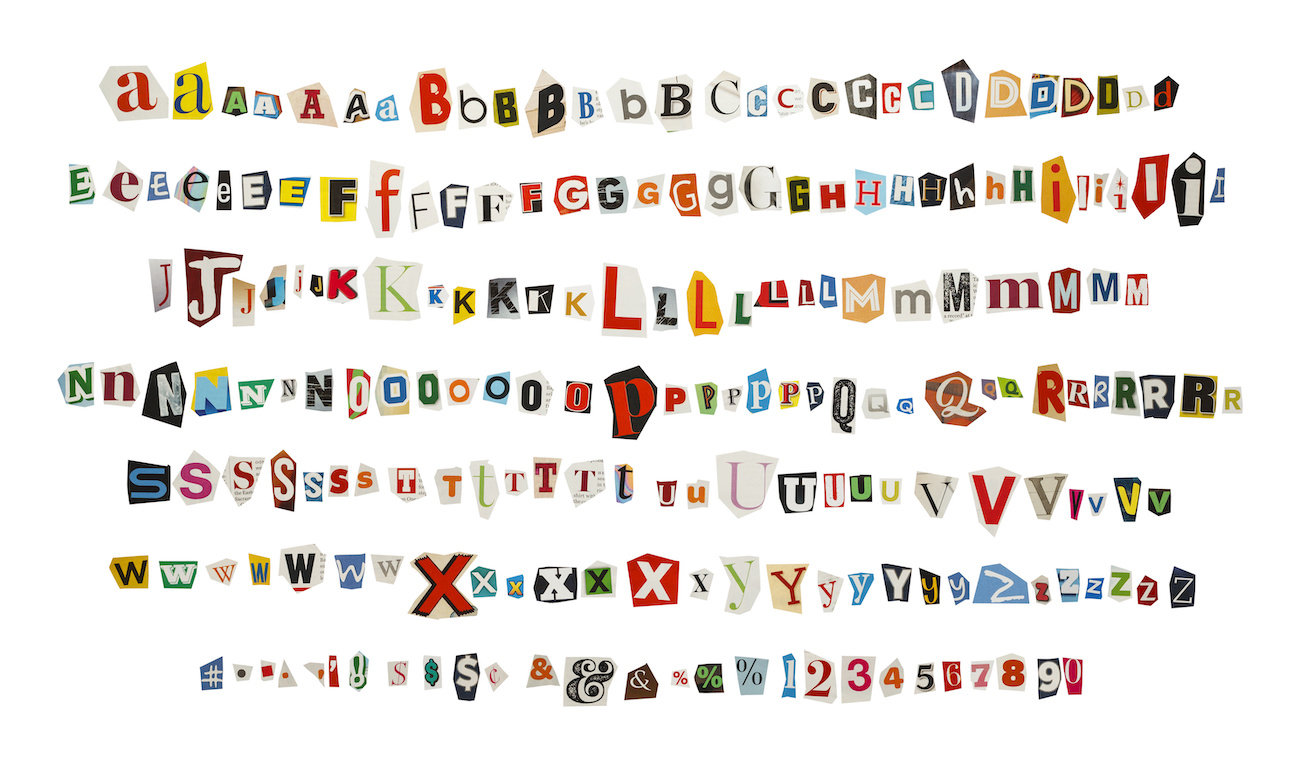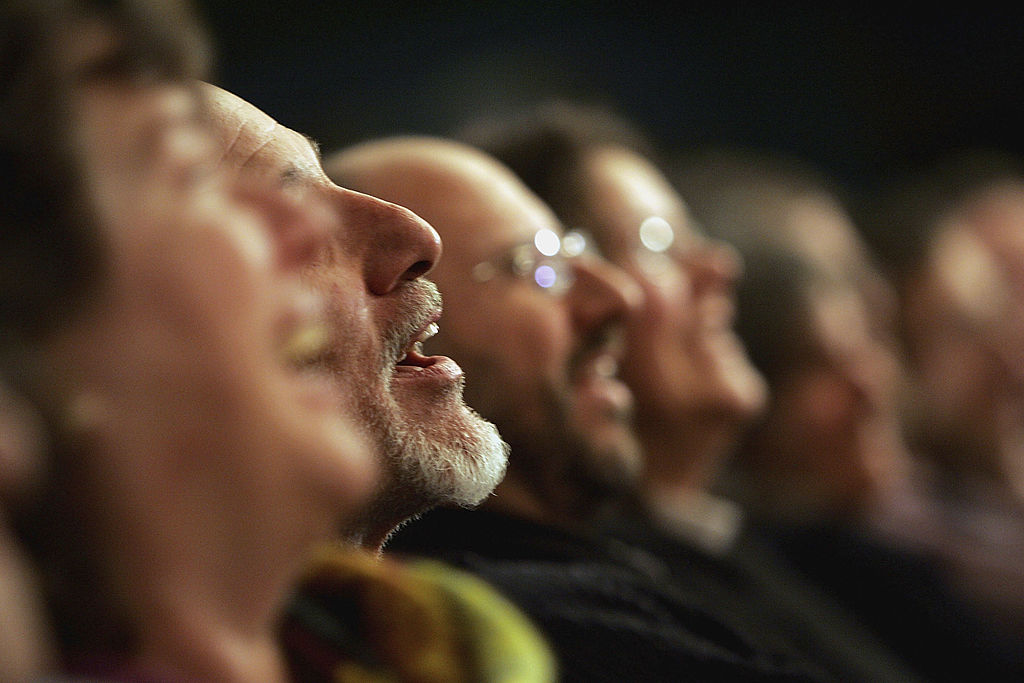What’s occurring in your brain as you read this sentence?

- Reading requires a wide array of cognitive functions, all of which must be coordinated and synchronized.
- One area involved in language processing, the Visual Word Form Area, enables us to recognize sense from nonsense. It’s also what recognizes familiar faces in a crowd of strangers
- When we read, the brain piggybacks on processes like facial recognition. In this way, reading is an entirely artificial and constructed neural talent — one which demonstrates the brain’s plasticity.
As you read this sentence, your eyes are scanning across it in saccadic, micro-jerking movements. These tiny, precise muscles are controlled by the magnocellular tracking visual system of your brain. This area also decodes the individual letters and words (called graphemes) into their representative sounds (called phonemes). It rapidly transforms the squiggles that make up the word “bee” into the sound for “bee.”
Meanwhile, Wernicke’s area is what enables you to understand the meaning of words. Your angular gyrus is working overtime to link the visual, auditory, syntactic (grammar), and semantic (meaning) information. And finally, you have to remember what happens at the beginning of this sentence and you have to hold that information in your working memory — for so very long, up to the very end of the sentence — which uses your working memory functions, found in the prefrontal lobe. If this makes you frustrated? Well, that’s the amygdala.
The fact is, we know a lot about how the brain reads words. We know both the neuroscientific aspects and the cognitive functions required. But one of the bigger debates surrounding literacy is how our brains are so adapted and adaptable to reading.
Nonsense words
There’s a small part of your brain, on the left side of your head just above the ear, known as the Visual Word Form Area, or the VWFA. This area is activated whenever we are decoding the sublexical orthographic features of the word. In other words, the VWFA lights up whenever we read strings of letters that look like they obey certain syntactical rules. So, if you read the word “guterion” this area will activate. However, if you read the word “Ypbnitx,” it won’t. Why? Because the former looks like it should be a word, but the latter looks like gibberish.
The debate, though, is whether this small part of the brain is uniquely activated for words or rather plays some other, broader role in our cognitive functions. It’s an important question because if the VWFA is only selective of orthographic features (like words), it implies that somewhere in our evolutionary or developmental history our brains provided us with the ability to read: we are literally wired for literacy.
I see faces everywhere
But there’s an increasing body of evidence pointing the other way. The argument runs that there’s nothing literacy-specific about the VWFA, but rather the reading brain co-opts it for use with words. It serves a myriad of other roles. The VWFA is used when presented with a variety of different visual stimuli, such as in facial recognition. For instance, if you were to scan a room of unknown people but then suddenly saw the face of your best friend, the same part of your brain would activate as if you were reading. The mental processes for recognizing faces and reading familiar words are very similar.
This ability to spot and recognize familiar patterns is part of being human. We see animals in clouds, faces on the moon, and Jesus on burnt toast. In fact, imposing meaningful interpretations on random stimuli is a phenomenon known as pareidolia — a fascinating, and often humorous, cognitive habit.
The view, then, is that our ability to read has piggybacked on a much earlier function that emerged in the murky unknown of our evolutionary past. We train our brains to see meaning in meaningless shapes. We see faces amid the squiggles.
Reading changes you
The more we read, the more our brain becomes adapted to reading. Whether the VWFA is word-specific or serves a broader neuroscientific purpose, it’s something that gets better with practice and use. Reading is not something humans can do naturally. It takes effort and guided learning.
With songs, rhymes, and the slow, exaggerated speech parents use with infants (known as “parentese”), we build the neural networks that eventually enable literacy. We need to teach phonetics, syntax, letter associations, and so on, so that the brain learns to adapt itself to the new literacy demands we put on it. We force the mind to read, we train the brain, and we trick it to be used in new and “unnatural” ways (in the sense that words are not found in nature). It’s an interesting point to note, that those who cannot read well — dyslexics, for instance — are only maladapted to a world that demands literacy. Their brains cannot as easily rewire to meet the demands placed on them by a society that reads and writes.
So, the next time you read a book or a Big Think article, remember just how much is going on in your brain. And remember how constructed this really is.
Jonny Thomson teaches philosophy in Oxford. He runs a popular Instagram account called Mini Philosophy (@philosophyminis). His first book is Mini Philosophy: A Small Book of Big Ideas.





